I’m often surprised to find that the simplest, most effective techniques for improving my painting are the ones that take me the longest to come around to, even when in hindsight the ideas seem completely obvious. This is probably because we don’t just need the technique, we need the advanced mental frameworks for implementing the technique – but still it’s weird. As a recent example, let’s look at how my Goal Folder exercise has evolved.
If you’ve read that article and played around with the exercise for yourself, hopefully you’ve cultivated a great body of images to act as your “coaches,” and developed the habit of putting your own paintings into your Goal Folder for comparison – especially when considering whether or not they’re finished.
Recently, however, I took this technique another step by bringing my Goal Folder into Photoshop, to interact with my painting as it is being created. This small change, which now seems very obvious to me as the “next step,” took me years to even try out. What a world. Here’s what it looks like:

Something of mine “on the easel,” surrounded by better paintings being used as real-time “coaches.” Top left: Ruan Jia, Middle Left: Jaime Jones, Bottom Left: Piotr Jablonski.
Just bring a few of your favorite paintings, that seem relevant to what you’re painting, into your workspace, and feel how these images pull you along and drag your painting up. They constantly force you to realize how much further you can go, and how much you’re “creeping up” on things that you need to just DO. Really do them. No more sneaking about; PAINT.
Two caveats to this technique:
- Make sure you have a developed Goal Folder that feels very holistically consistent, especially when considered at thumbnail size. The paintings you bring into Photoshop with you really need to feel like what you yourself are trying to make, or they’ll just confuse you.
- Make sure you have developed a pretty high level of painting facility, such that you’re not intimidated by your tools or the task before you. There is a huge danger with this technique that, if applied too early in one’s development, it can engender thoughts of hopeless comparison to the painters you admire. This is a very negative and panicky mindset, and will crush a good painting in the works before it gets off the ground. “Oh god they’re so good; I could just never!” We don’t want to be thinking this way. If you feel anything negative in yourself while giving this technique a shot, put it on the shelf for a while and try it out again later!
So that’s it: just a simple little technique to try. May it help you, if it can, and may 2021 find us drawing, painting, and supporting one another’s efforts. Godspeed, artists!


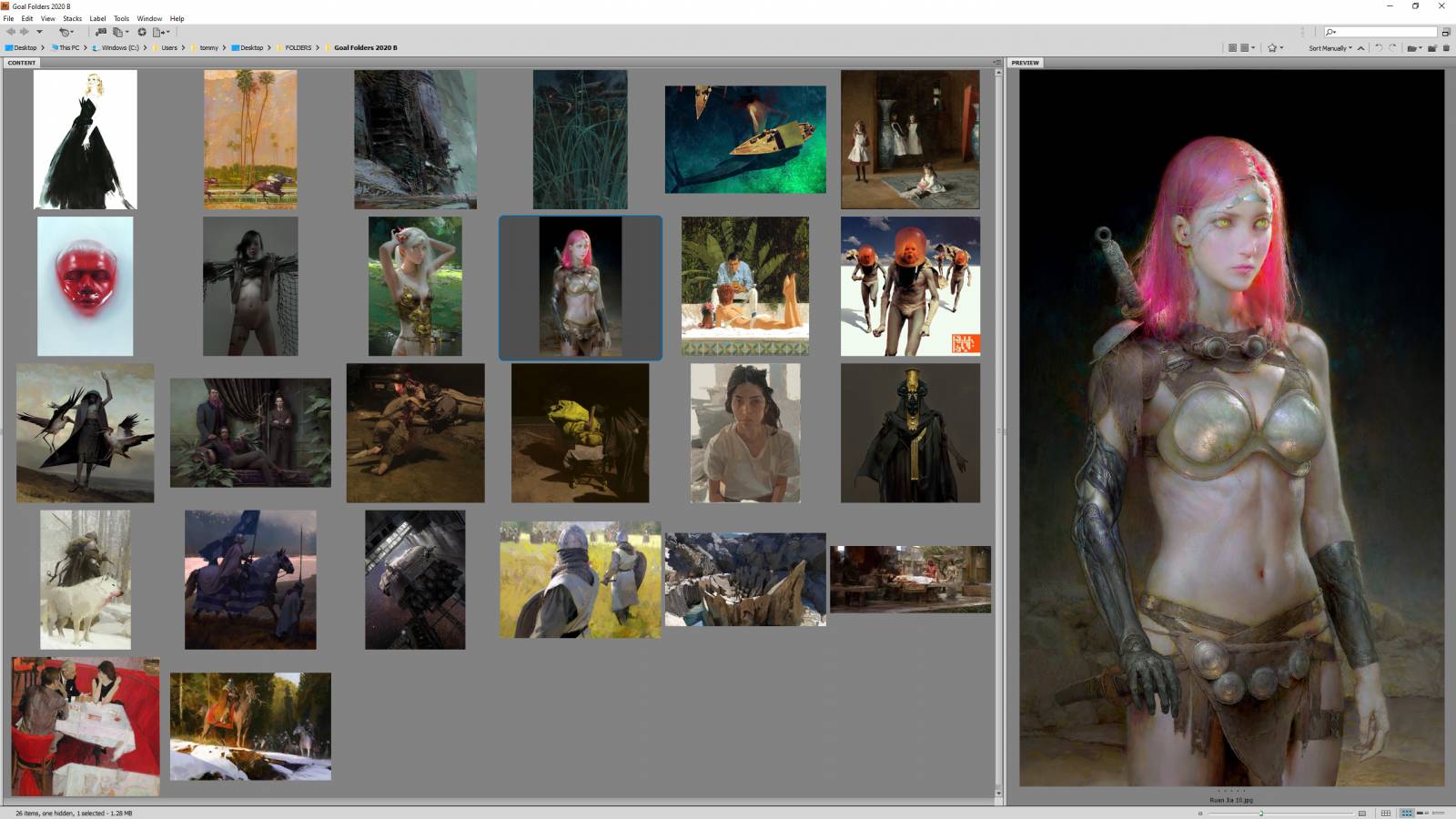
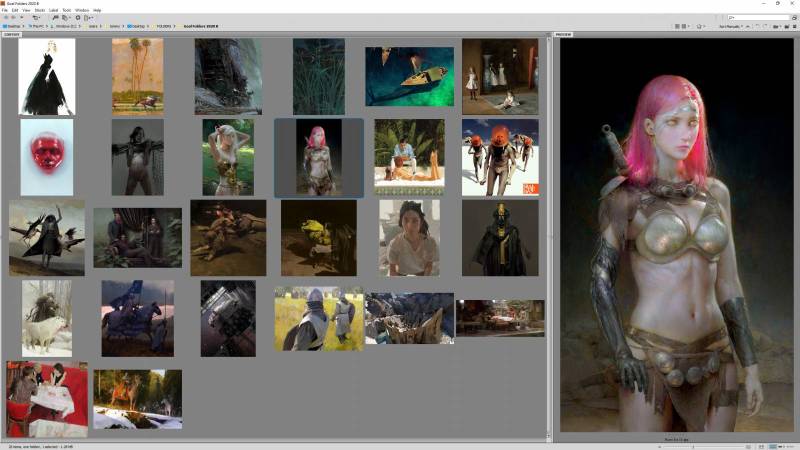

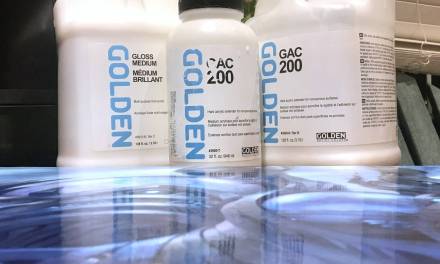
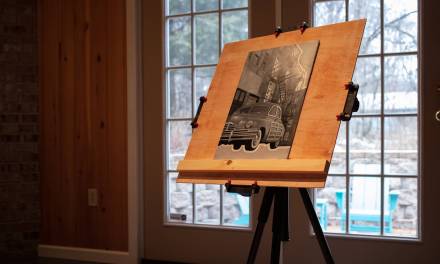
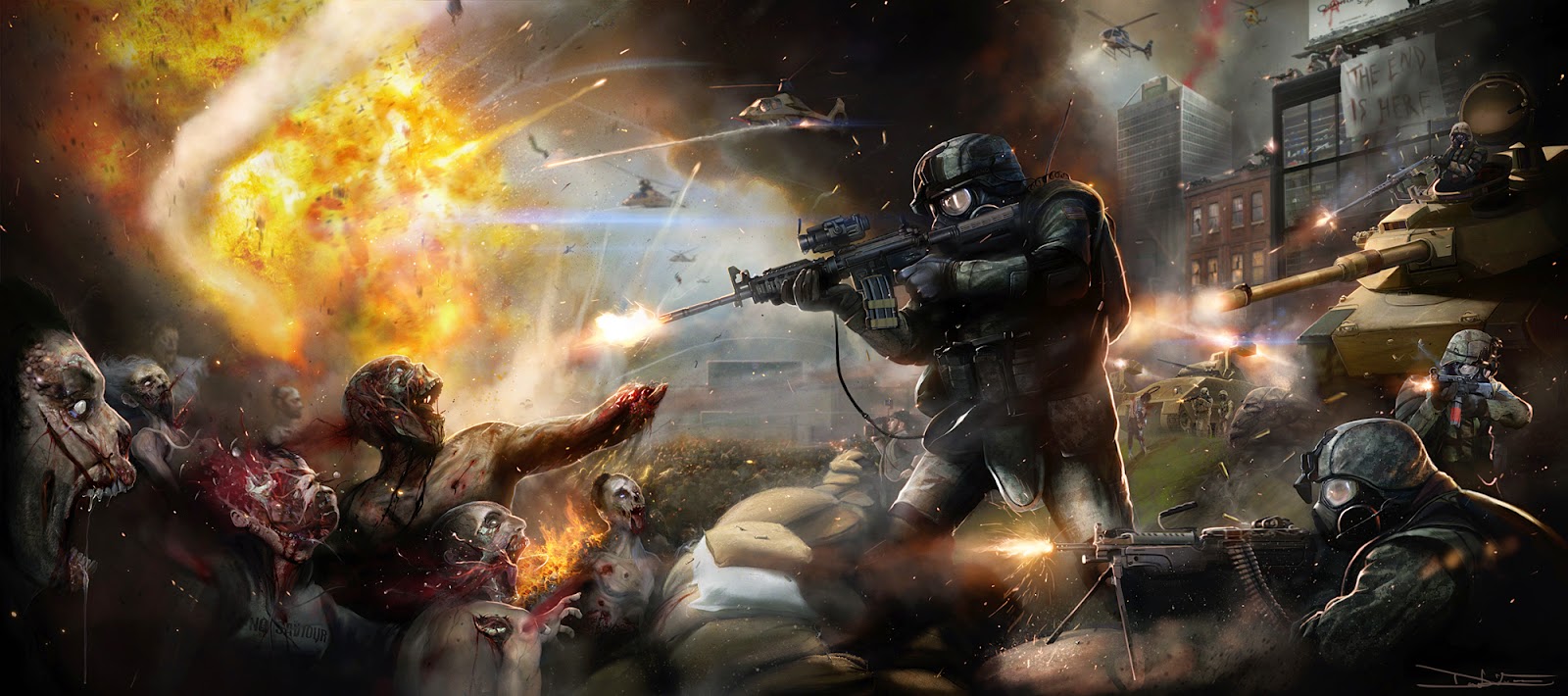

Ah sweet stuff, cheers for the post. Out of curiosity, at the stage of the painting you are at in the above image, what specifically are you looking at/aiming for/ comparing/ noticing etc. between your image and your Goal Folder images?
I don’t really think of the painting in “stages,” but throughout I’m using these images to push me on contrast (starkness of BWG, specifically), temperature variation, clarity, and excitement. My entire Goal Folder is now basically just a slew of images that crush at thumnail size; even on these dimensions.